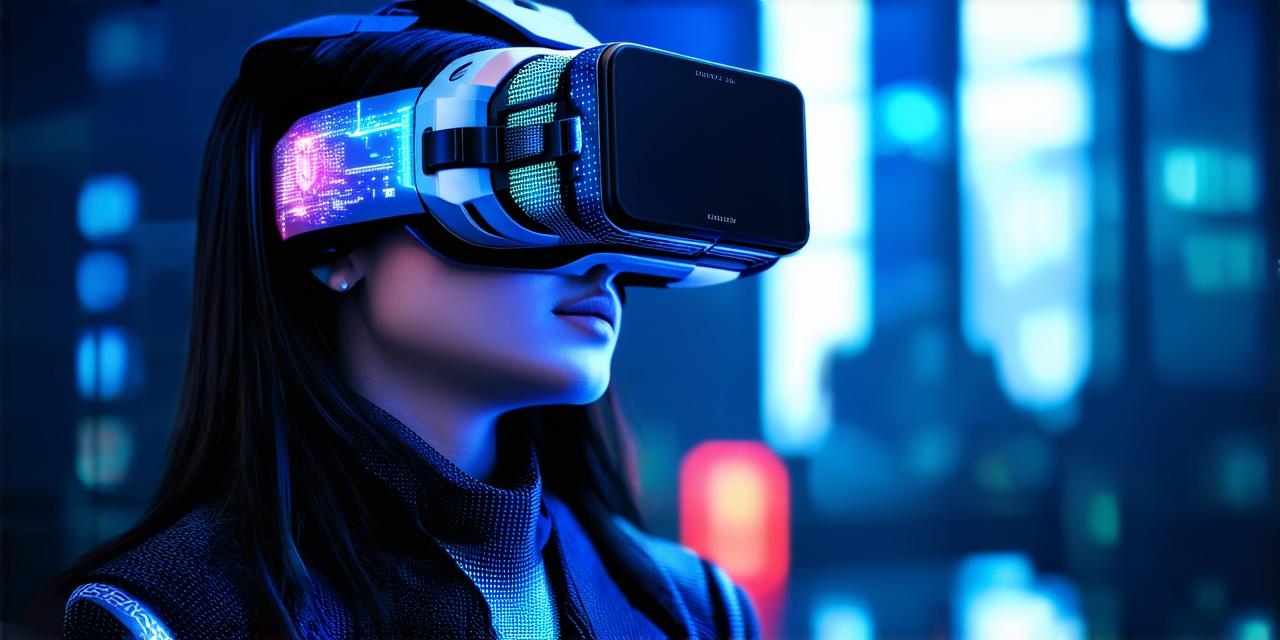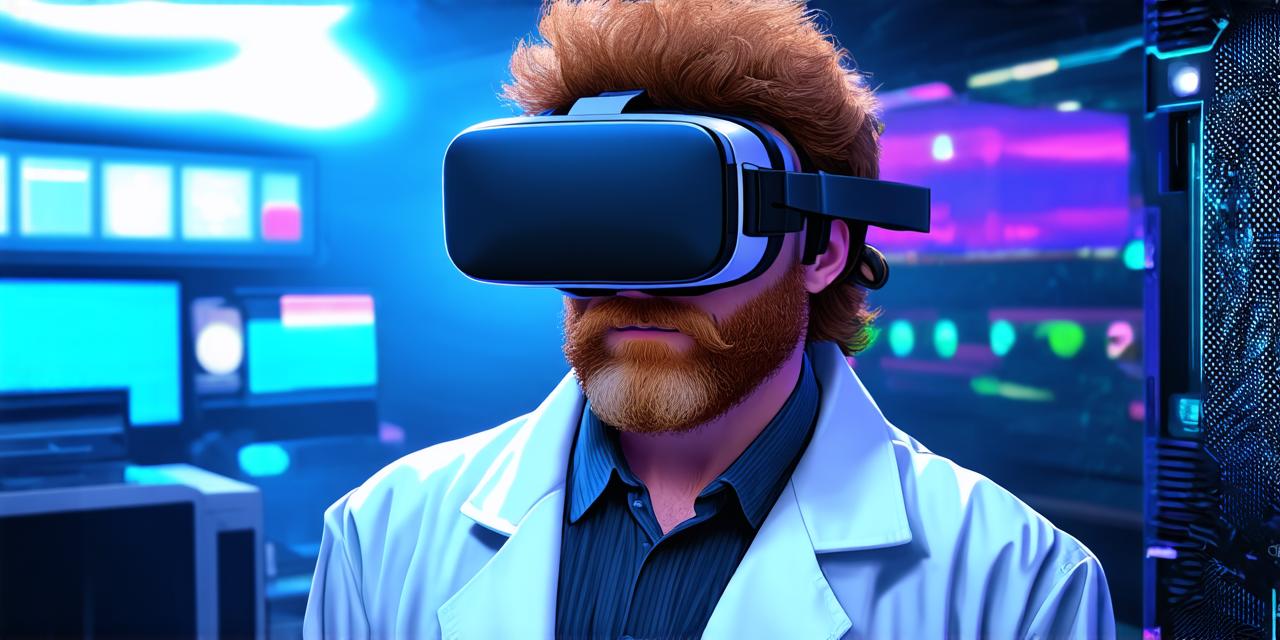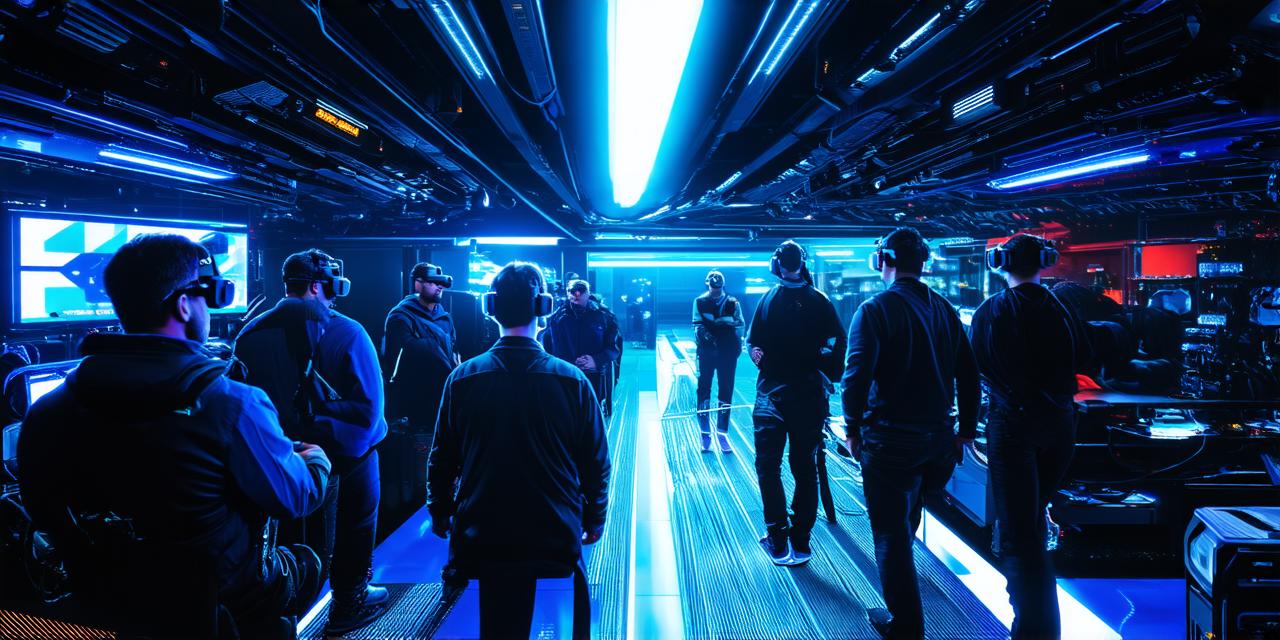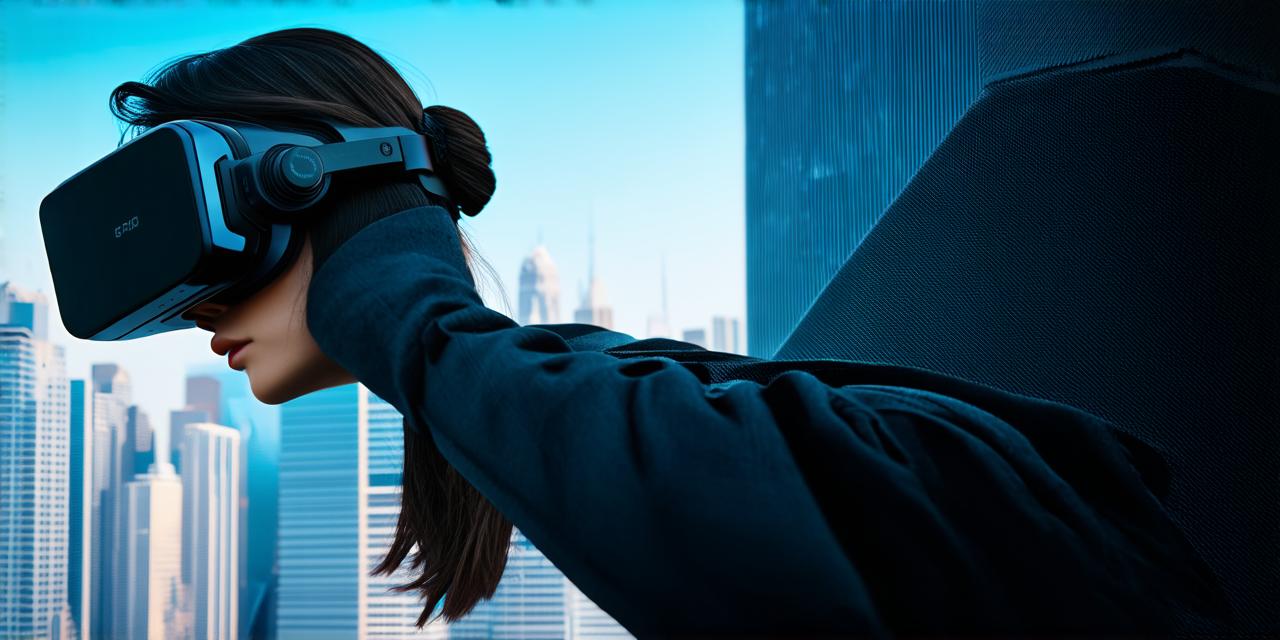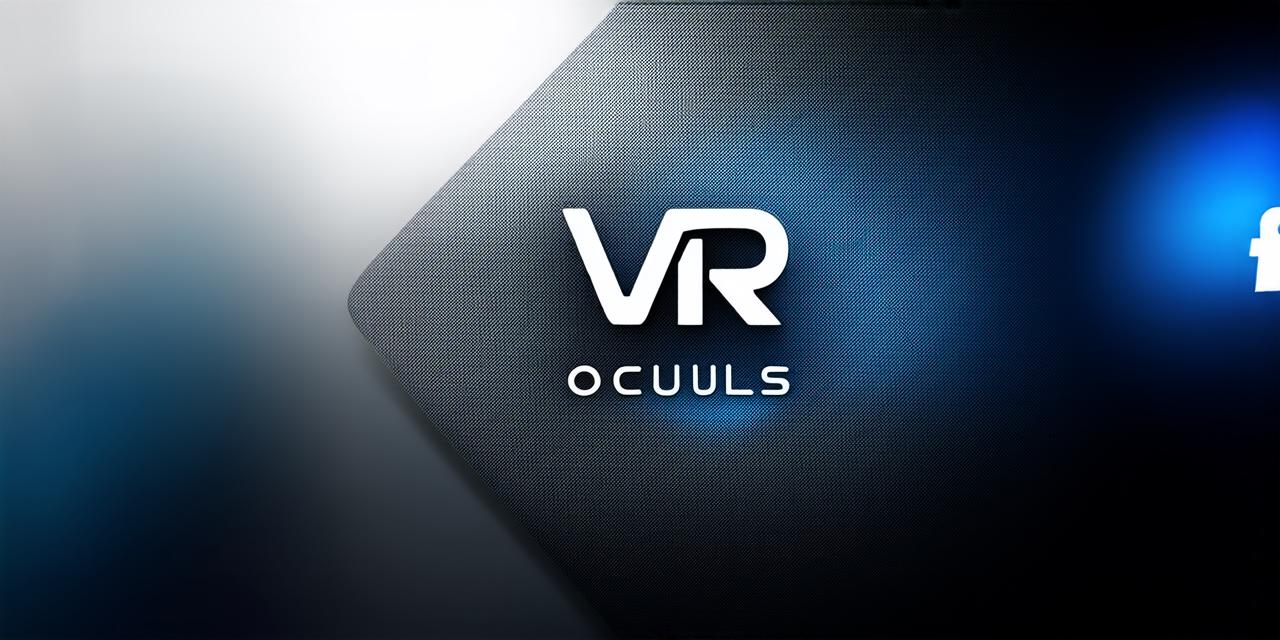What is Augmented Reality?
Augmented reality (AR) is a type of interactive experience that superimposes digital information onto the physical world. This digital information can include graphics, animations, sound, and even haptic feedback, creating an immersive and engaging environment for users.
AR technology can be accessed through smartphones, tablets, smart glasses, or specialized headsets, and is often used in gaming, education, and marketing applications.
One of the most well-known examples of AR is Pokémon Go, a mobile game that allows players to catch virtual creatures in real-world environments. By using their smartphone cameras, players can see the virtual creatures superimposed onto the physical world, creating an interactive and engaging experience.
Other popular applications of AR include Snapchat filters and the use of AR in retail, where virtual try-on features allow customers to see how products would look on them before making a purchase.
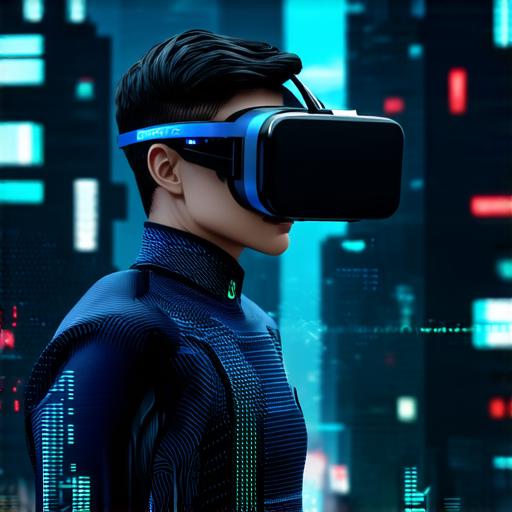
What is Mixed Reality?
Mixed reality (MR) is a type of interactive experience that combines elements of both augmented and virtual reality. It allows users to interact with digital objects in a physical environment, as well as with real-world objects in a digital environment.
MR technology often requires specialized equipment, such as headsets or glasses, and can be used in a variety of applications, including gaming, education, healthcare, and architecture.
The Potential for AR/MR in Gaming
Gaming is one of the most well-known applications for AR/MR technology. By superimposing digital objects onto the physical world, games can create a more immersive and engaging experience for players.
For example, the popular game Minecraft uses AR to allow players to build structures in real-world environments. This allows players to connect with their environment in a new way, creating a sense of ownership and investment in the game world.
In addition to gaming, AR/MR technology has also found applications in education.
The Potential for AR/MR in Other Industries
AR/MR technology has the potential to revolutionize a wide range of industries beyond gaming and healthcare.
For example, architects and interior designers can use AR/MR to visualize and test different design options before making final decisions. This can save time and resources by reducing the need for physical prototypes.
In the manufacturing industry, AR/MR technology can be used to train workers on complex processes and procedures. By using virtual simulations, workers can practice and perfect their skills in a safe and controlled environment, reducing the risk of errors and improving overall productivity.
The Potential for AR/MR in Personal Life
AR/MR technology also has the potential to enhance our personal lives.
Advances in eye-tracking technology could allow for more natural interactions with virtual objects. This could make virtual environments feel more realistic and create a more immersive experience for users.
Advances in haptic feedback technology could also make virtual environments feel more realistic by allowing users to feel tactile sensations, such as the weight of an object or the texture of a surface. This could enhance the overall immersion of virtual environments and create new opportunities for gaming, education, and other applications.
Conclusion
The fusion of virtual reality with actual reality is an exciting field that has the potential to revolutionize the way we interact with the world around us. From gaming to healthcare to personal life, AR/MR technology has a wide range of applications and the potential for even more innovative uses in the future.
Whether you’re a game developer or a healthcare professional, AR/MR technology has the potential to enhance your work and create new opportunities for growth and innovation.
